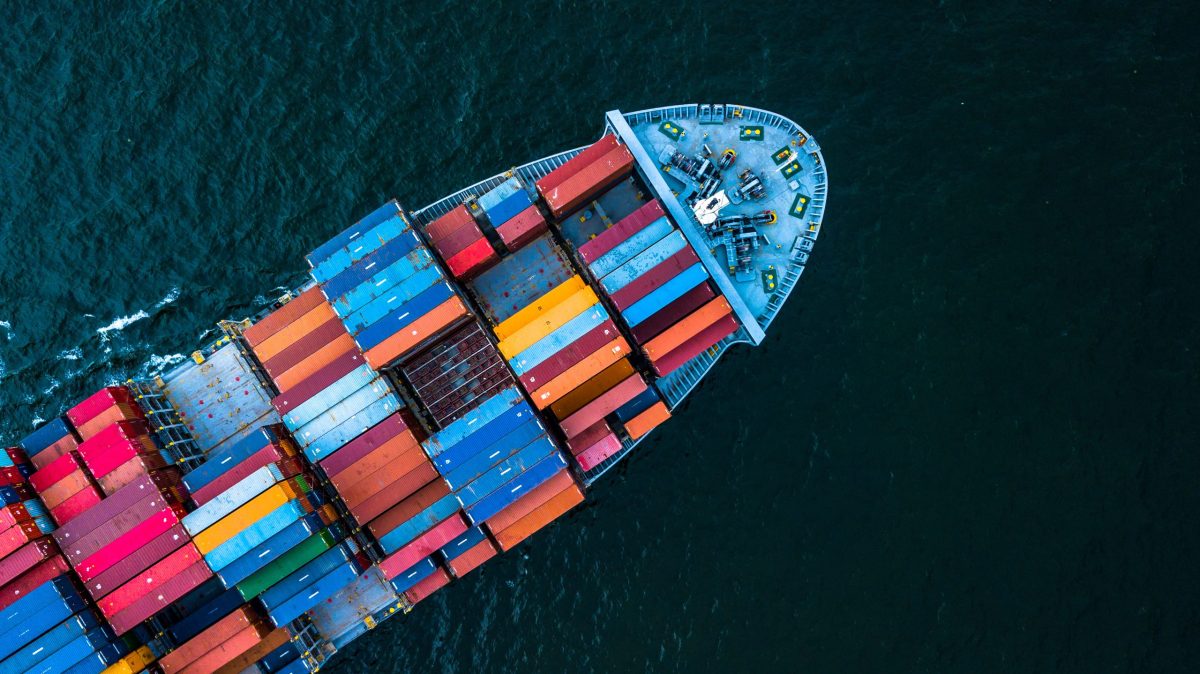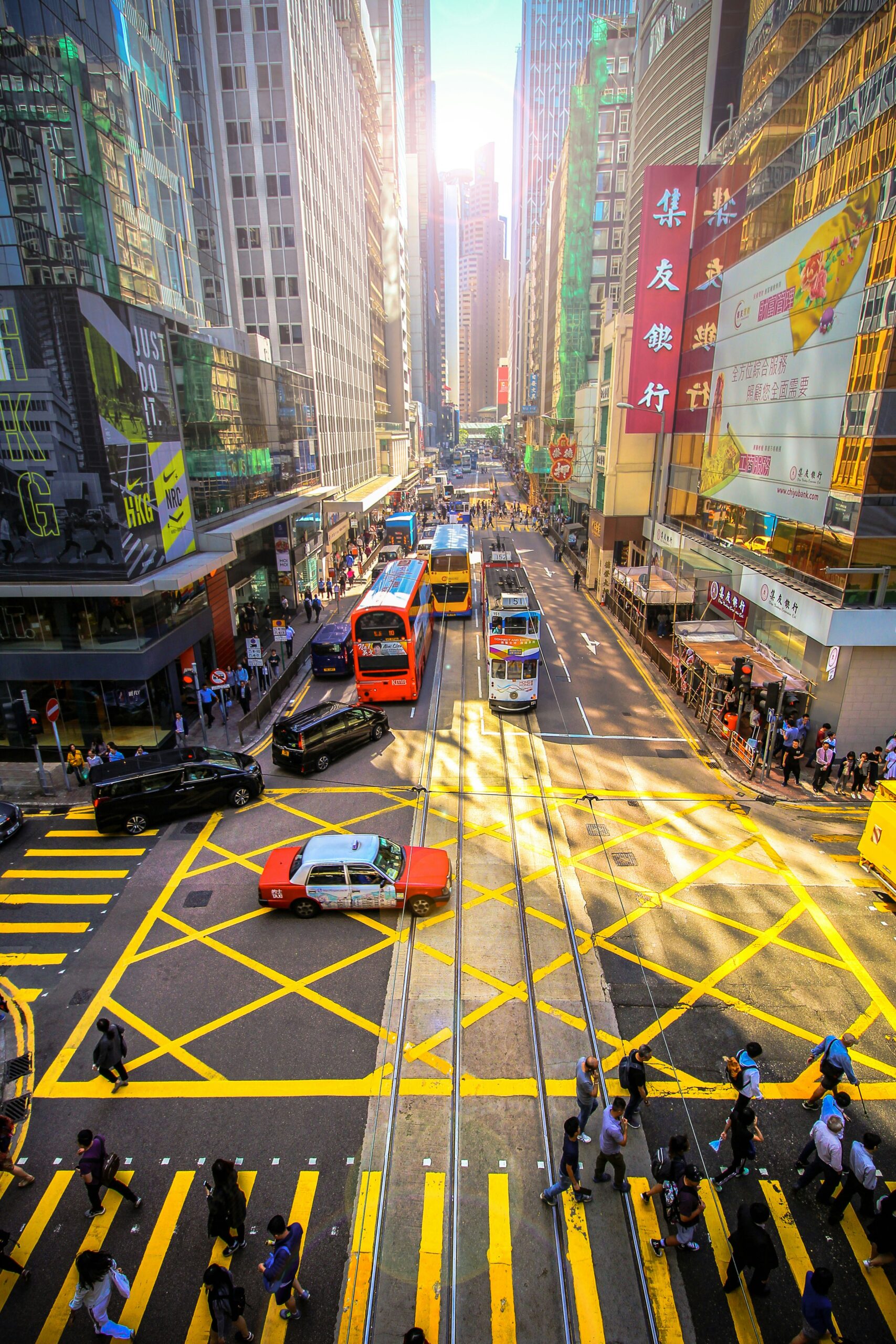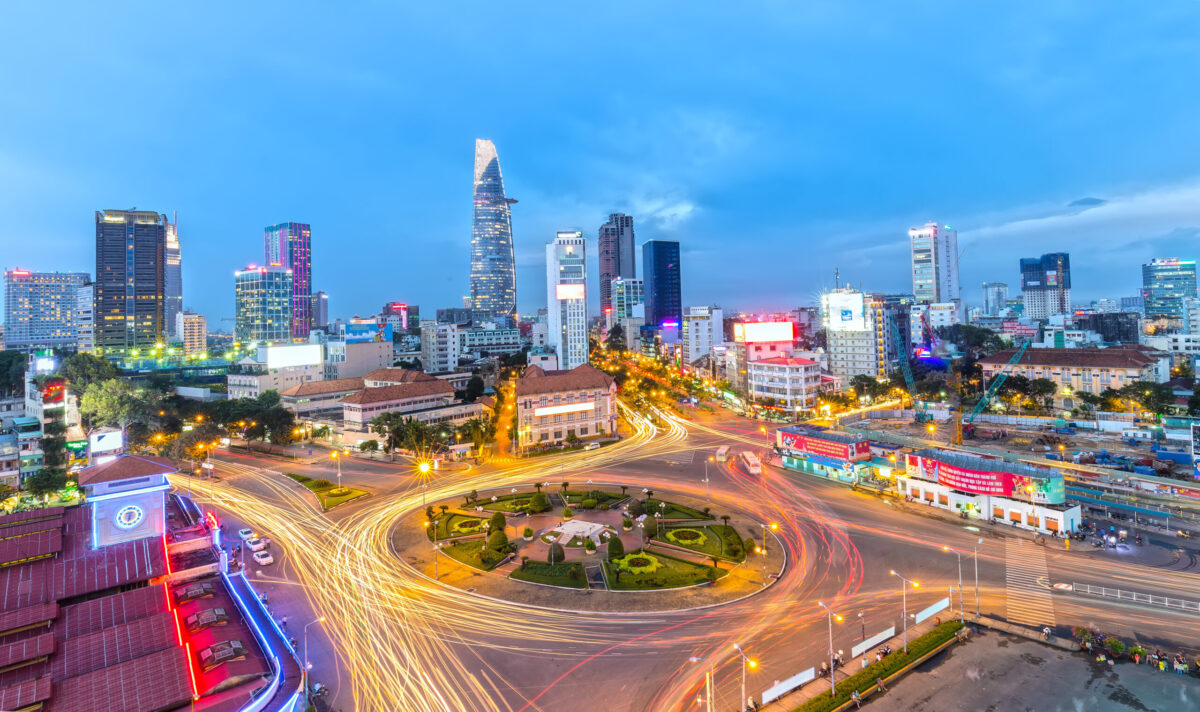‘I estimate shipping freight costs will remain as they are for several months. About half the ocean freight is locked into one-year contracts. Prices may start to normalise in the second half of this year. The US$20,000 per container price will likely decrease to US$4,000 to US$5,000. But I predict it will take a while before we get to US$2,000 again.’
‘I don’t think China’s air freight rates will return to pre-Covid levels in the next few years. As China moves to high value-added products, exports will be increasingly time-sensitive and demand for air freight will rise. Both air and ocean rates skyrocketed during the pandemic. Ocean rates are 10 times higher, while air freight is only three times higher. Both will get lower, but not to pre-Covid levels.’
‘I don’t see supply chain costs going down in the foreseeable future. The issue is not just the high cost of air and sea freight; the bigger issue is a significant lack of drivers to move boxes in the US and Europe. And it's coming to China; I can’t hire drivers. People don't want to be truck drivers anymore. The situation will worsen as China moves toward middle to upper-class society. And the technology to replace drivers is probably 20 years away.’
‘In the 14th Five Year Plan, the word logistics was mentioned 20 times and transportation 22 times, demonstrating its clear importance.’
As China's logistics sector transforms, firms are grappling with enduring high costs, particularly in shipping and air freight. Consolidation in the shipping industry has further complicated the situation. A significant shift is not expected until later in the year, with freight costs projected to stabilise at higher than pre-pandemic levels. This trend is mirrored in air freight, where demand for time-sensitive, high value-added products is keeping costs up. However, the next decade offers a more optimistic outlook. Firms have shown a newly-found interest in shoring up their resilience by creating regional supply chains, sourcing inputs close to production, and moving factories closer to consumers. For senior executives, understanding these dynamics is crucial as they not only impact local costs but also inform broader strategic decisions in Asia Pacific.
Dive deeper.
Explore the implications for business and strategy.
Log in for the full Forum Insight.
Join the peer-group discussion at upcoming Forum events.
Not yet a member?
Contact us to learn more.




